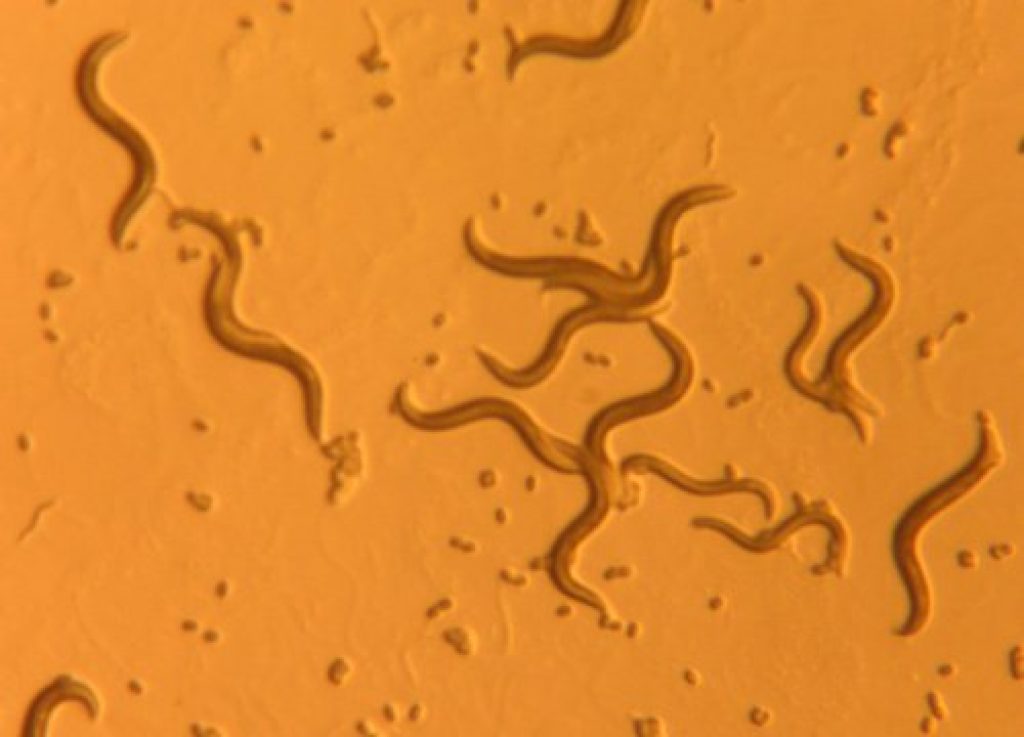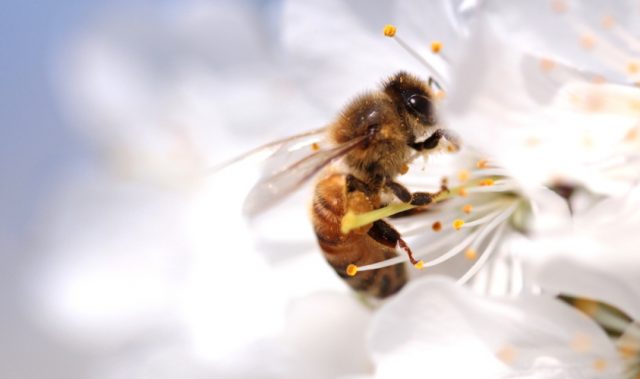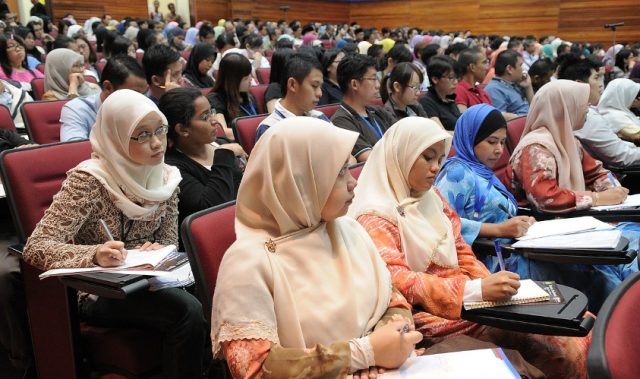
AsianScientist (Nov. 6, 2014) – A study published in PLoS Genetics has identified a gene involved in regulating lifespan in the nematode worm, Caenorhabditis elegans. The findings shed light on the molecular control over developmental switches in C. elegans and could eventually lead to a better understanding of tumor formation in humans.
When faced with environmental stresses such as overcrowding or the lack of food, C. elegans can enter a dormant but resistant state called the dauer stage. Although several genes are known to be involved in regulating the transition from the normal growth pattern to the dauer stage, it is likely that many other unknown genes are involved.
Seeking to identify the key regulators of the dauer transition, a team of scientists led by first co-authors Professor Chen Di and Zhang Jiuli from Nanjing University conducted a genetic screen. They identified a gene called daf-31, which was required for the formation of detergent-resistant dauer larvae. When daf-31 was overexpressed in long-living daf-2 mutant worms, their lifespans were increased even further.
Interestingly, the authors also found that the overexpression of daf-31 enhanced the reproductive capabilities of worms with a daf-2 mutant background, increasing the brood size by as much as 40 percent.
Gene sequence analysis showed that daf-31 is a worm ortholog of the ARD-1 gene found in organisms from yeast to humans, which is similarly involved in a developmental switch between normal growth and a stress-induced stationary phase in yeast. In humans, the ARD-1 gene has been associated with tumorigenesis, suggesting that identifying the targets of daf-31 could help to identify new therapeutic for cancer.
The article can be found at: Chen et al. (2014) Daf-31 Encodes the Catalytic Subunit of N Alpha-Acetyltransferase that Regulates Caenorhabditis elegans Development, Metabolism and Adult Lifespan.
——-
Copyright: Asian Scientist Magazine; Photo: snickclunk/Flickr/CC.
Disclaimer: This article does not necessarily reflect the views of AsianScientist or its staff.












